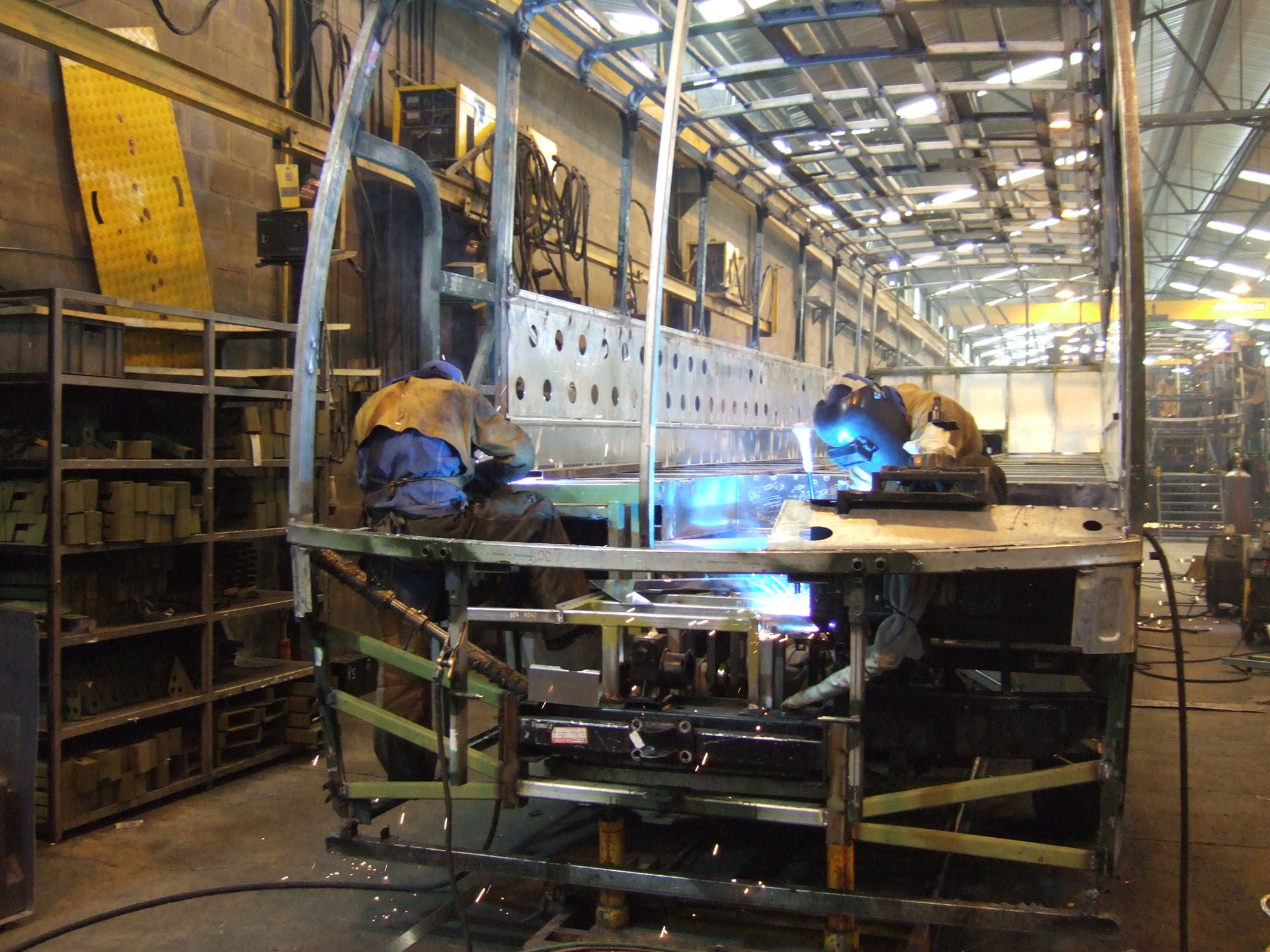20.8Strategic Considerations
A goal without a plan is just a wish.Antoine de Saint-Exupéry, author, 1900–1944
There are a series of considerations that have to be taken into account besides technical, environmental or legal factors. These considerations are important from political and strategic points of view; and although they are not directly related to the system’s performance, they are directly associated with its impact and positive contribution to the local transportation service and to users.
20.8.1Government Policies
Fuel-type selection can also be affected by political considerations, which may influence the system’s stability, permanency, and economic viability. In particular, development policies established by administrations must be considered, including factors such as:
- Tariff structure for transportation equipment, depending on their respective technology (it might be possible to obtain preferential tariffs for low emission fuels);
- Policies regarding subsidies;
- Tax incentives for clean vehicles;
- Future plans and investments in clean fuel production initiatives;
- Future fuel supply infrastructure expansion and maintenance plans.
20.8.2Local Assembly and Production
Renovating vehicle-fleet technology and public transportation creates a great opportunity for developing new industries and implementing technologies that can be groundbreaking in the country in question.
It is desirable that when selecting vehicle technology, one can take into account the real possibility of incorporating local businesses into whatever part of the process is possible. For instance, it may be possible to encourage local fabrication, chassis assembly, body fabrication and mounting (Figure 20.44).

Choosing more modern and state-of-the-art technology might make it more difficult to obtain parts and equipment locally, as this equipment might not be available. Further, such technology may prove difficult for local manufacturers to deliver. However, this should not mean that the technology chosen for the project has to be obsolete. On the contrary, even if the chosen technologies are advanced, an effort should be made to foment and encourage local industries to develop local capacity. Not being able to incorporate local business into the process might generate an unfavorable public opinion towards the project in some sectors and could also generate political opposition.
20.8.3Ensuring Competition among Vehicle Suppliers
The vehicle specifications should be developed in part to ensure that the widest number of manufacturers will be able to compete in the market. By maximizing the number of eligible manufacturers, the operating companies will be able to undertake a competing tendering process that will minimize the vehicle costs. Limiting the vehicle type to just one or two manufacturers will quite likely increase the purchase costs.